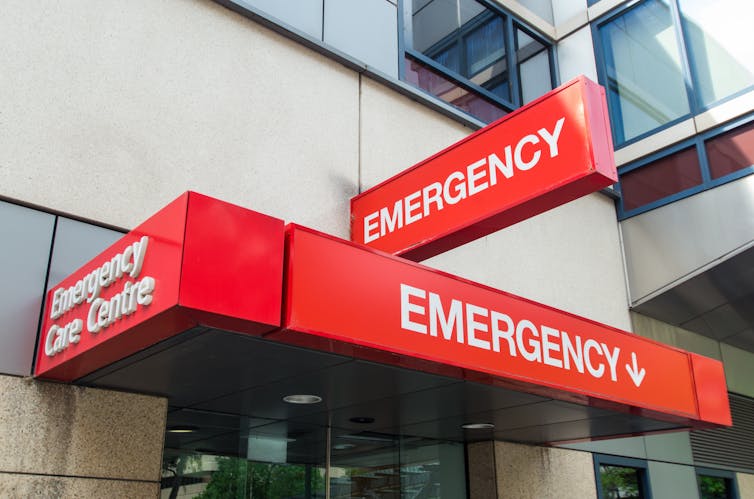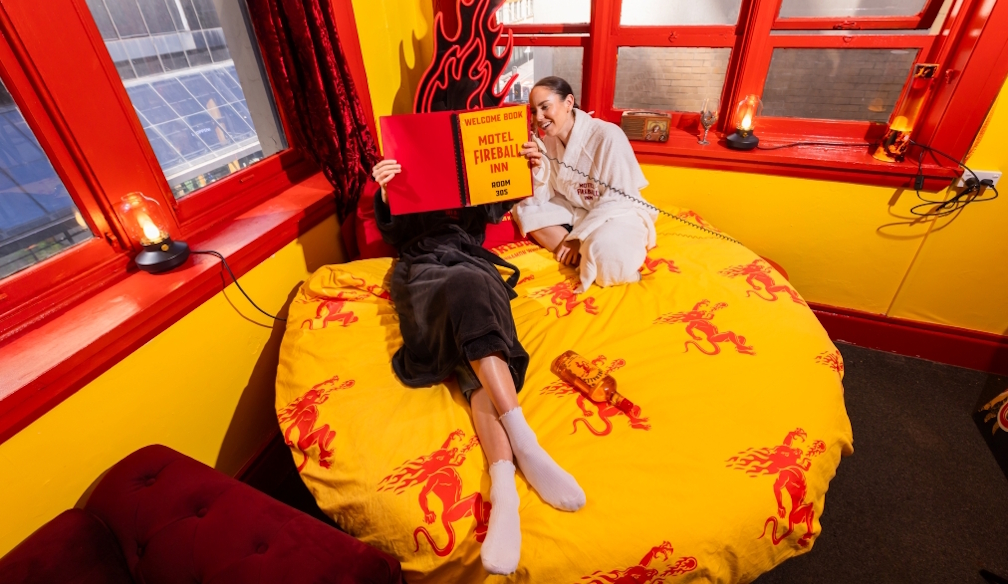Rising coronavirus cases among Victorian health workers could threaten our pandemic response
Over the past week, we’ve seen a spike in the number of COVID-19 infections among health-care workers in Victoria.
This includes a doctor at Melbourne’s St Vincent’s Hospital, one staff member at Brunswick Private Hospital, nine staff members from the emergency department at Melbourne’s Northern Hospital, and two nurses at the Royal Melbourne Hospital.
Staff at several aged care facilities have also tested positive.
These cases have meant sending many health-care workers regarded as “close contacts” into home quarantine.
The Northern Hospital emergency department has reportedly had to divert patients elsewhere, while Brunswick Private Hospital (where four patients tested positive too) is closed to new admissions.
Keeping health-care workers COVID-free is critical to delivering care to those who need it during a pandemic. So as Victoria’s second wave rolls on, we need to consider what more we can do to protect our health workers.
Read more: How we'll avoid Australia's hospitals being crippled by coronavirus
Why might this be happening?
In the absence of a vaccine, subsequent waves of COVID-19 have always been a possibility.
Health-care workers tend not to contract COVID-19 from patients, as appropriate personal protective equipment (PPE) is used in high risk encounters.
But health-care workers are normal people commuting to work and living and interacting in communities. So it’s more likely they contract it outside work.
Undetected, they can then bring it into the hospital or other health-care setting, putting fellow staff and vulnerable patients at risk.
 Over the past week, we’ve seen a number of COVID-19 cases among hospital staff.
Shutterstock
Over the past week, we’ve seen a number of COVID-19 cases among hospital staff.
Shutterstock
What are the implications for health care?
At the most basic level, the specialised health-care workforce is core to health-care delivery; without nurses, doctors and allied health staff, there’s no health-care system.
Infections in this group — whether confirmed outbreaks or suspected contamination —will reduce health-care workforce capacity.
High rates of staff off work due to COVID-19 may also increase fatigue and burnout in the remaining workforce, adding to the burden.
The greater the scope of these outbreaks, the greater the strain on the affected hospitals and the health-care system. This will be compounded as they’re faced with increased demand due to COVID-19 cases in the community.
Read more: Even in a pandemic, continue with routine health care and don't ignore a medical emergency
Australia has had time to prepare its workforce with additional skills and capabilities in critical care. But there are always concerns regarding potential workforce shortages in the height of a pandemic, particularly in areas of specialised practice such as intensive care.
Especially in “hotspots”, as we weather this second wave, there remains a risk demand could outweigh supply.
What can the health system do to cope?
A number of possible interventions could increase system capacity and help manage demand.
This may include decreasing elective or non-urgent surgery, as we saw during the first wave of the virus.
Increasing the use of virtual models of care including phone consultations and telehealth, where appropriate, could also help ease the pressure. Quarantined frontline workers could provide virtual care through telephone support, such as helplines or other telehealth services.
 A reduced health-care workforce can put added stress on remaining staff.
Shutterstock
A reduced health-care workforce can put added stress on remaining staff.
Shutterstock
Adapting care to minimise the movement and interaction of hospital staff across wards and sites is another important option. For example, some hospitals have shifted from a model where a team of doctors works across multiple wards to a small team of doctors providing care to only one ward.
Most hospitals have also set-up dedicated COVID wards to screen patients for COVID-19 at the first point of contact with the health system.
What about routine testing for health workers?
To sustain a prolonged response to this crisis we need a healthy, COVID-19 free workforce. Especially given we know many positive cases don’t experience symptoms, we should be mass testing health-care workers.
To date, we’ve seen some testing of asymptomatic health-care workers in Victoria, but it has not been commonplace.
Increased routine screening of health-care workers, with or without suspected exposure, will increase the number of days away from work while staff wait for results, reducing service capacity. But the pay-off will be greater — it will limit COVID-19 spread.
Keeping our health-care heroes safe and well
From this week, staff at several major Melbourne hospitals have been required to wear masks at all times while at work. These precautions have previously been reserved for staff in areas of higher clinical risk such as emergency and intensive care.
This is in addition to a range of guidelines health professionals follow to minimise the spread of COVID-19, including around hand hygiene, cleaning, PPE, and keeping physical distance from patients where possible.
But the responsibility to take precautions and stop the spread falls to all of us.
Hospital patients and visitors are also being encouraged to wear face masks.
In fact, everyone in Melbourne is now advised to wear a mask in public when social distancing is not possible. Hopefully this will go some way to protecting our health-care workers and the entire community.
Read more: Health-care workers share our trauma during the coronavirus pandemic – on top of their own
Authors: Rochelle Wynne, Director, Western Sydney Nursing & Midwifery Research Centre, Western Sydney University





